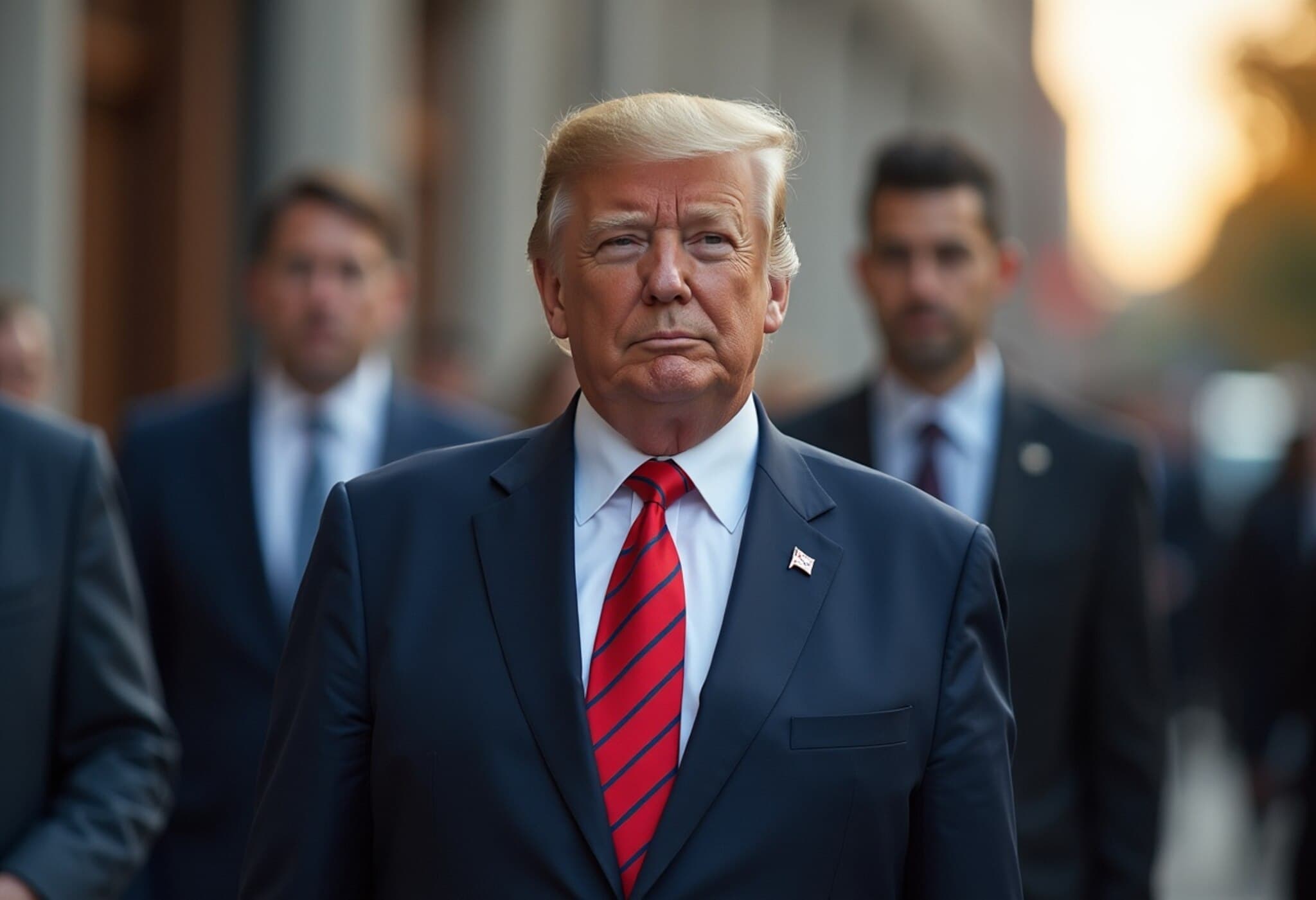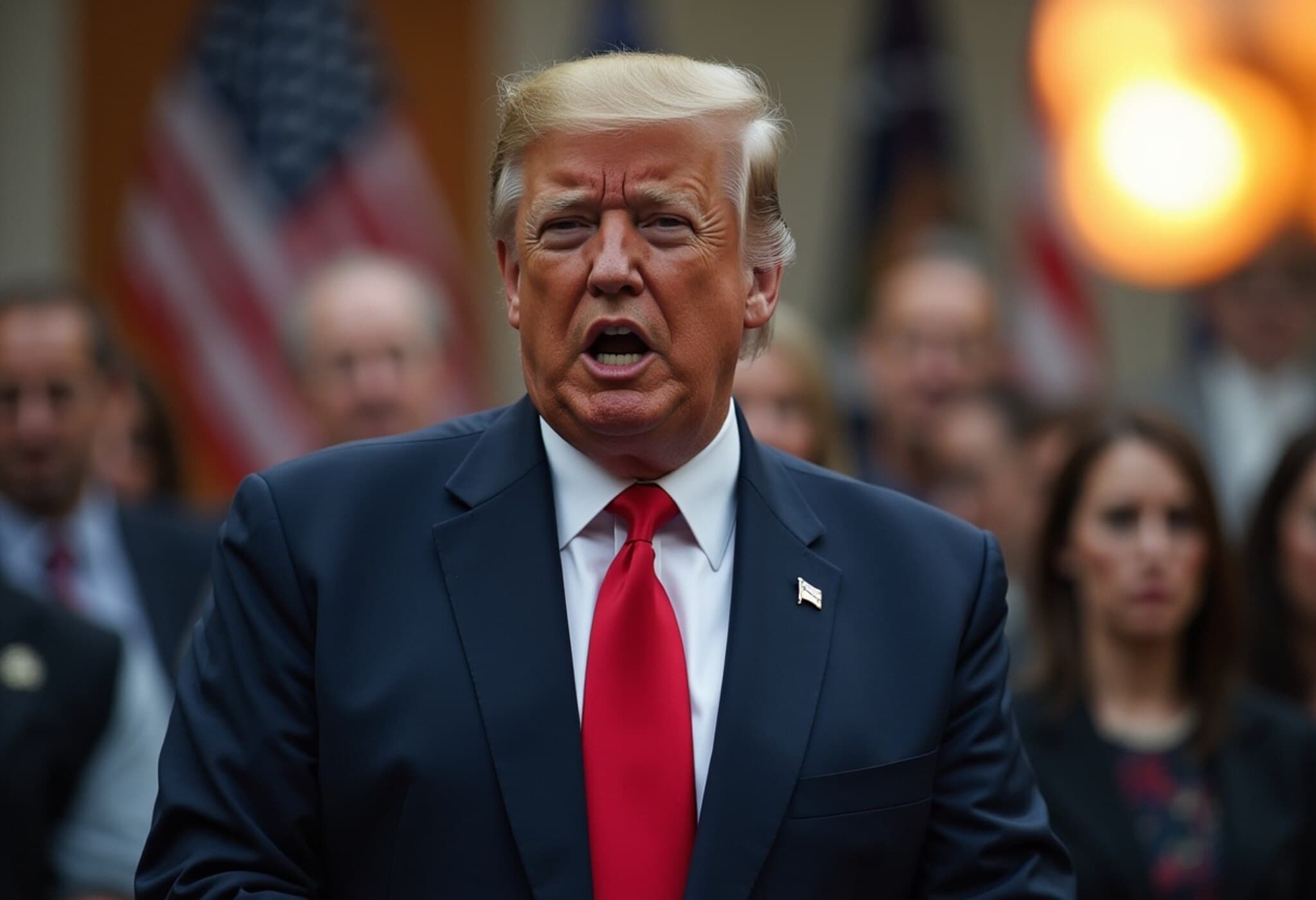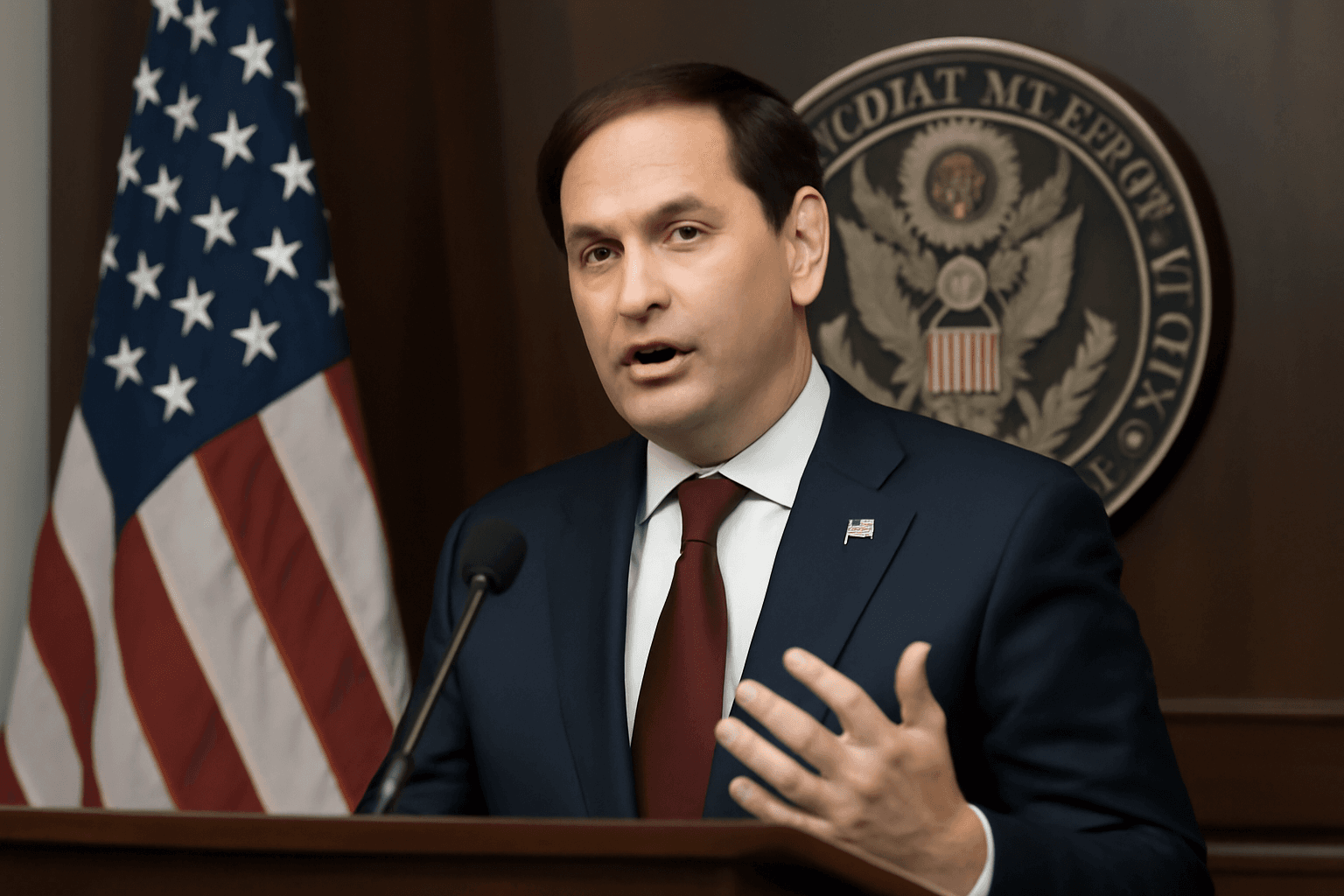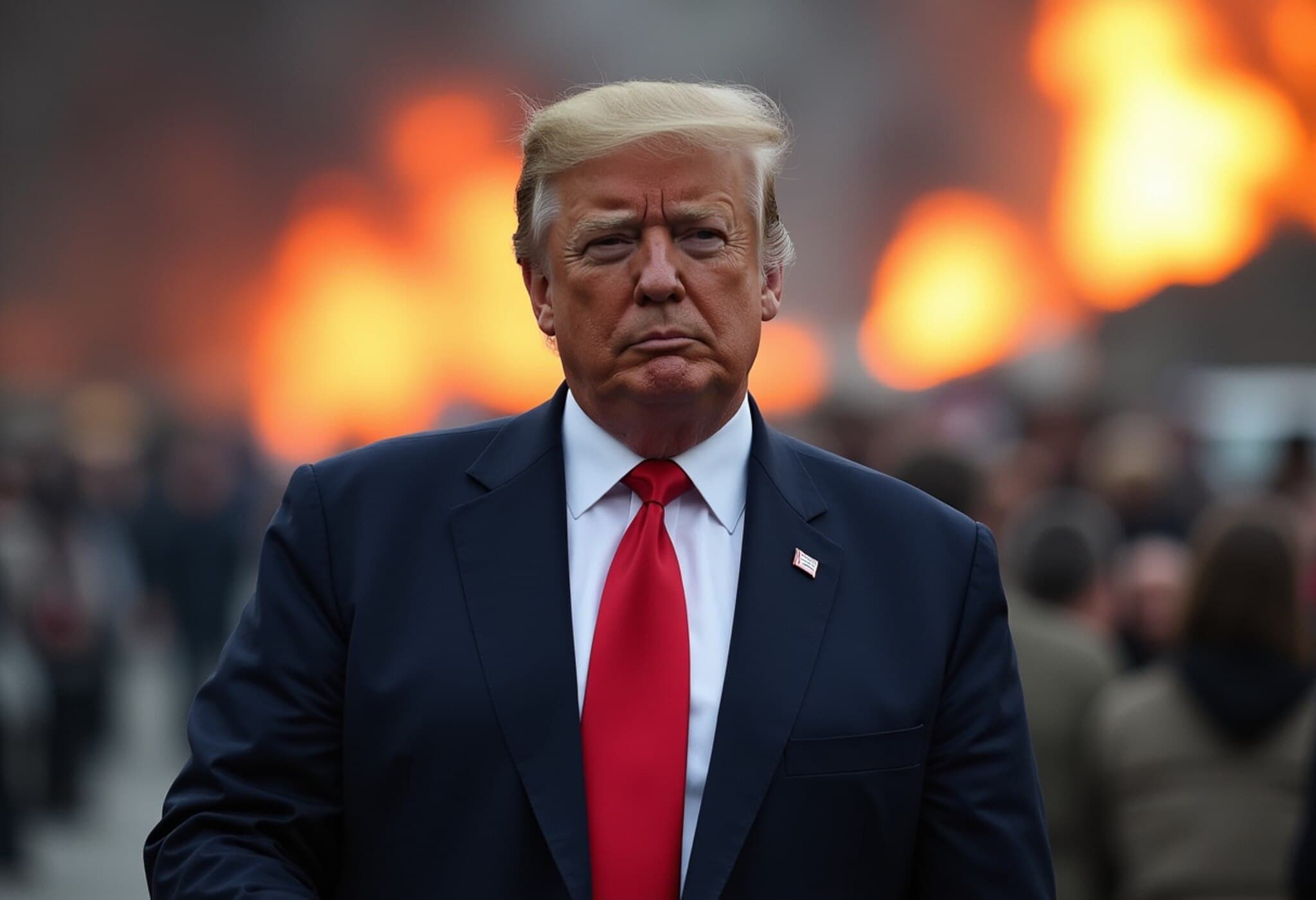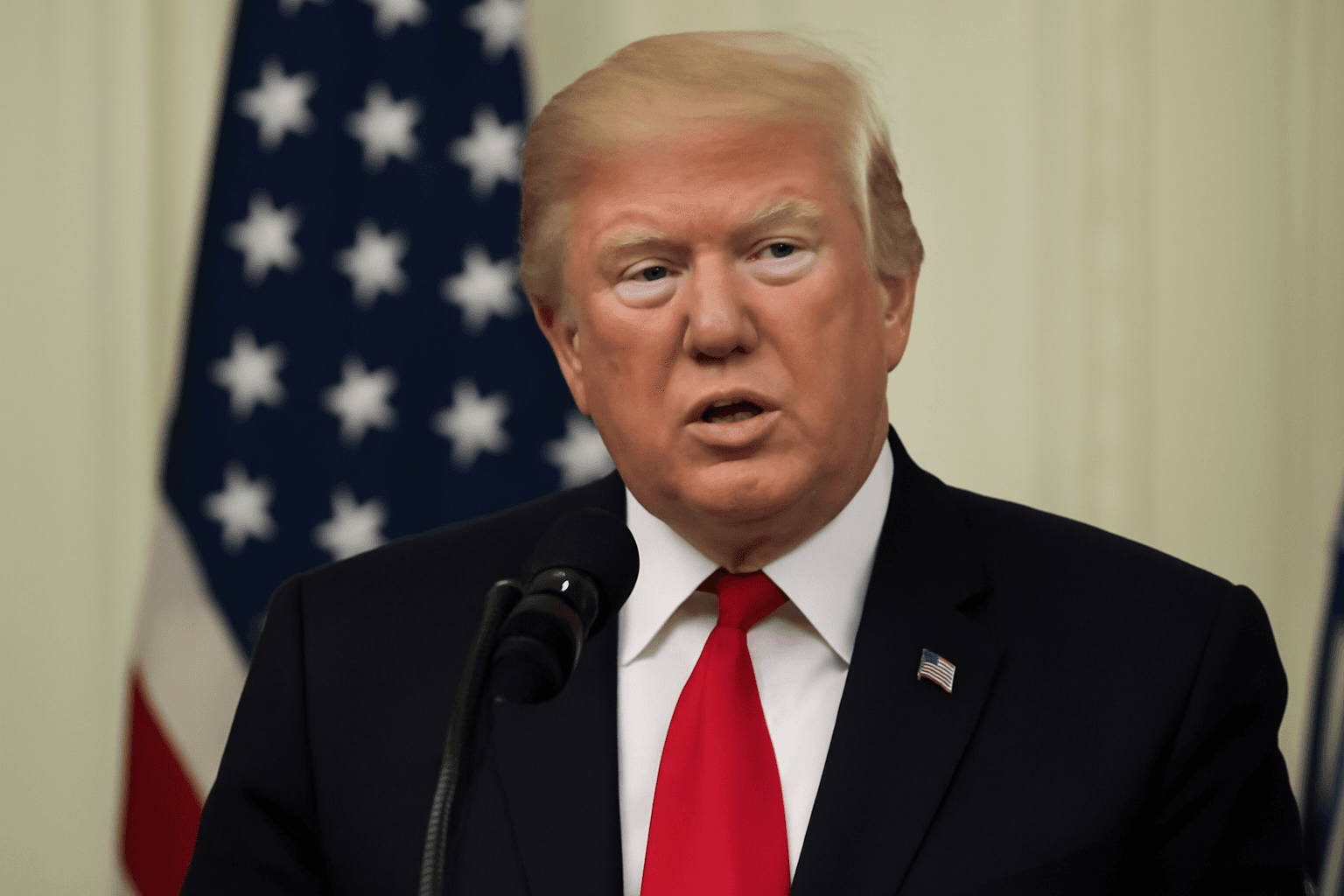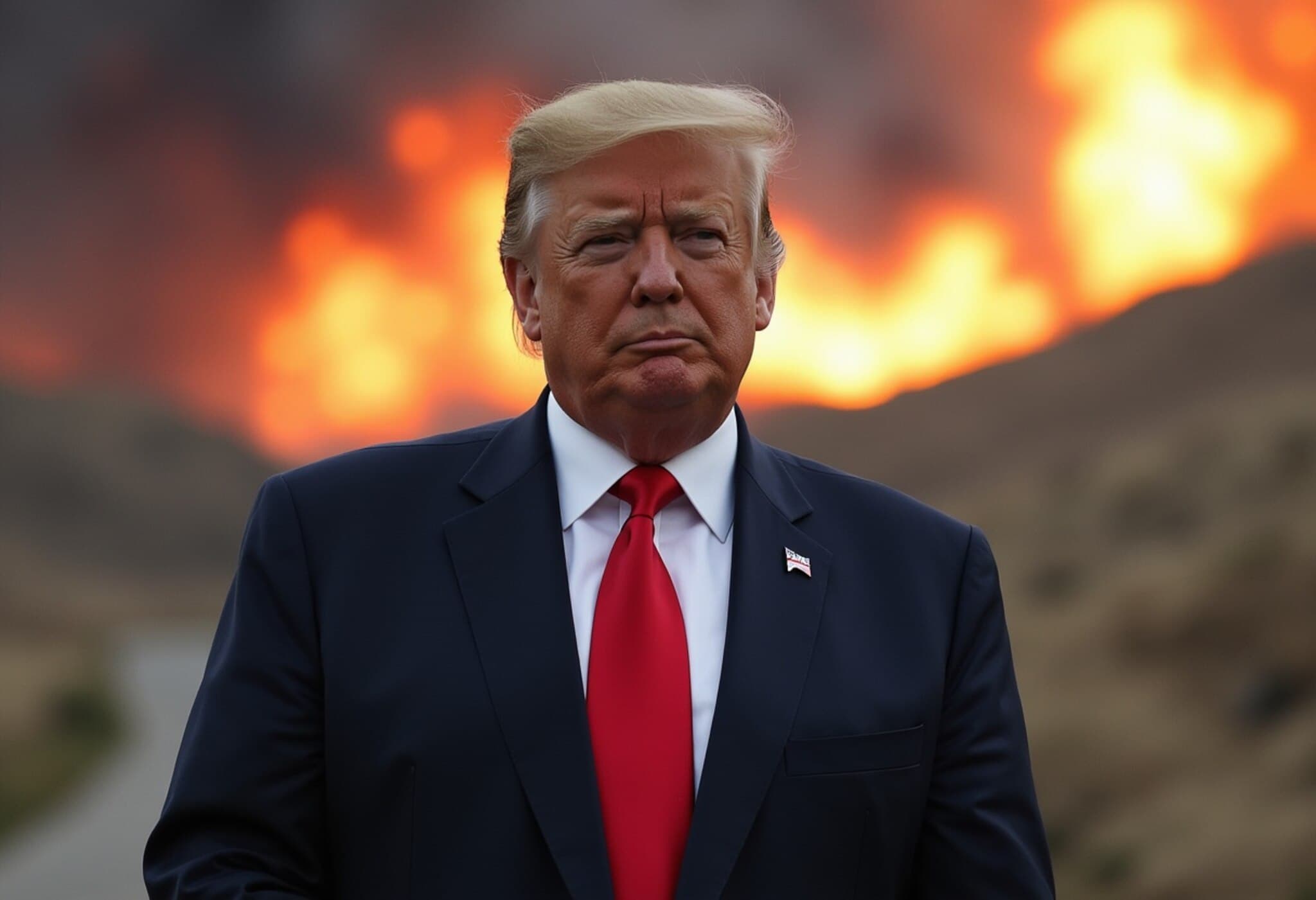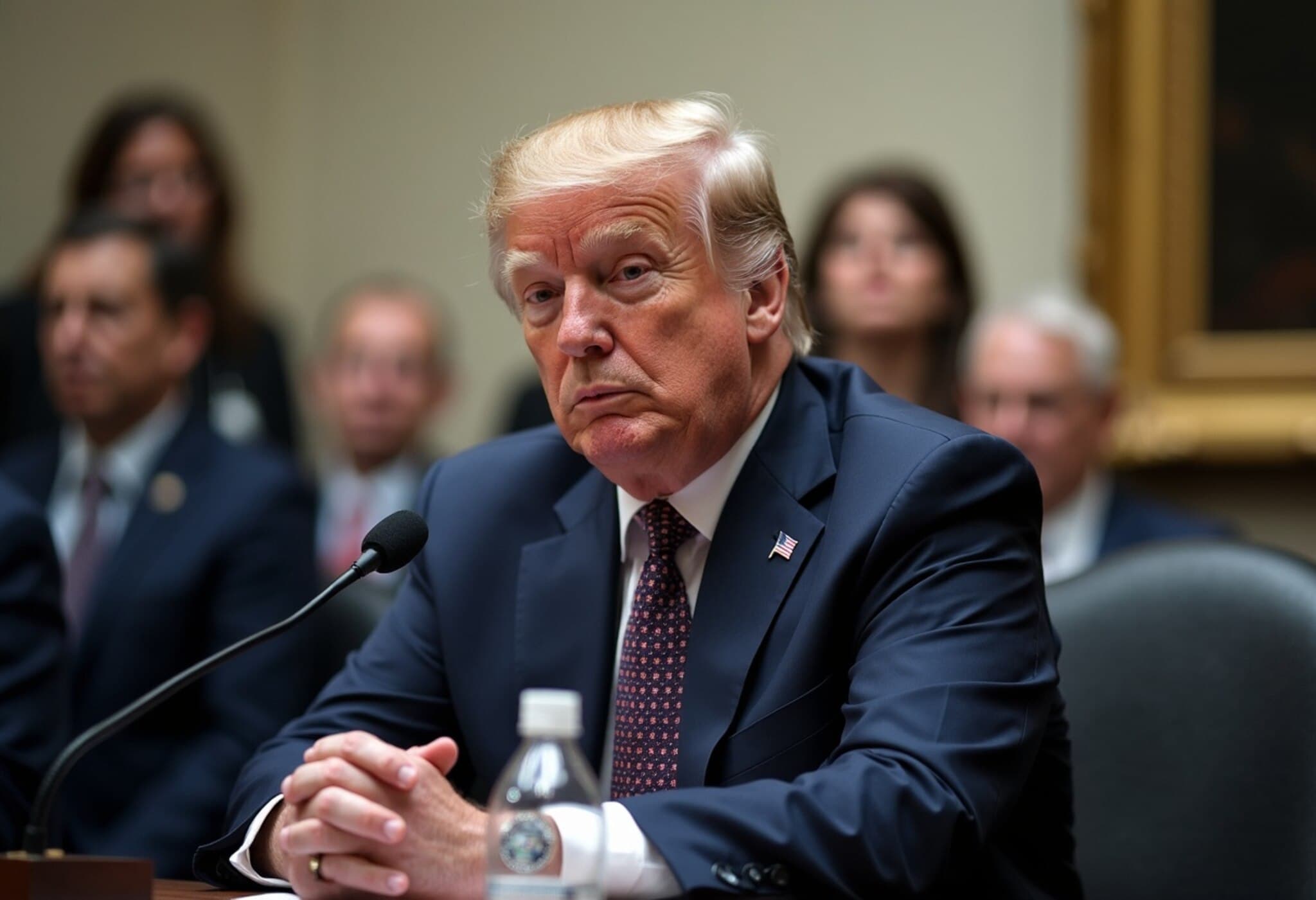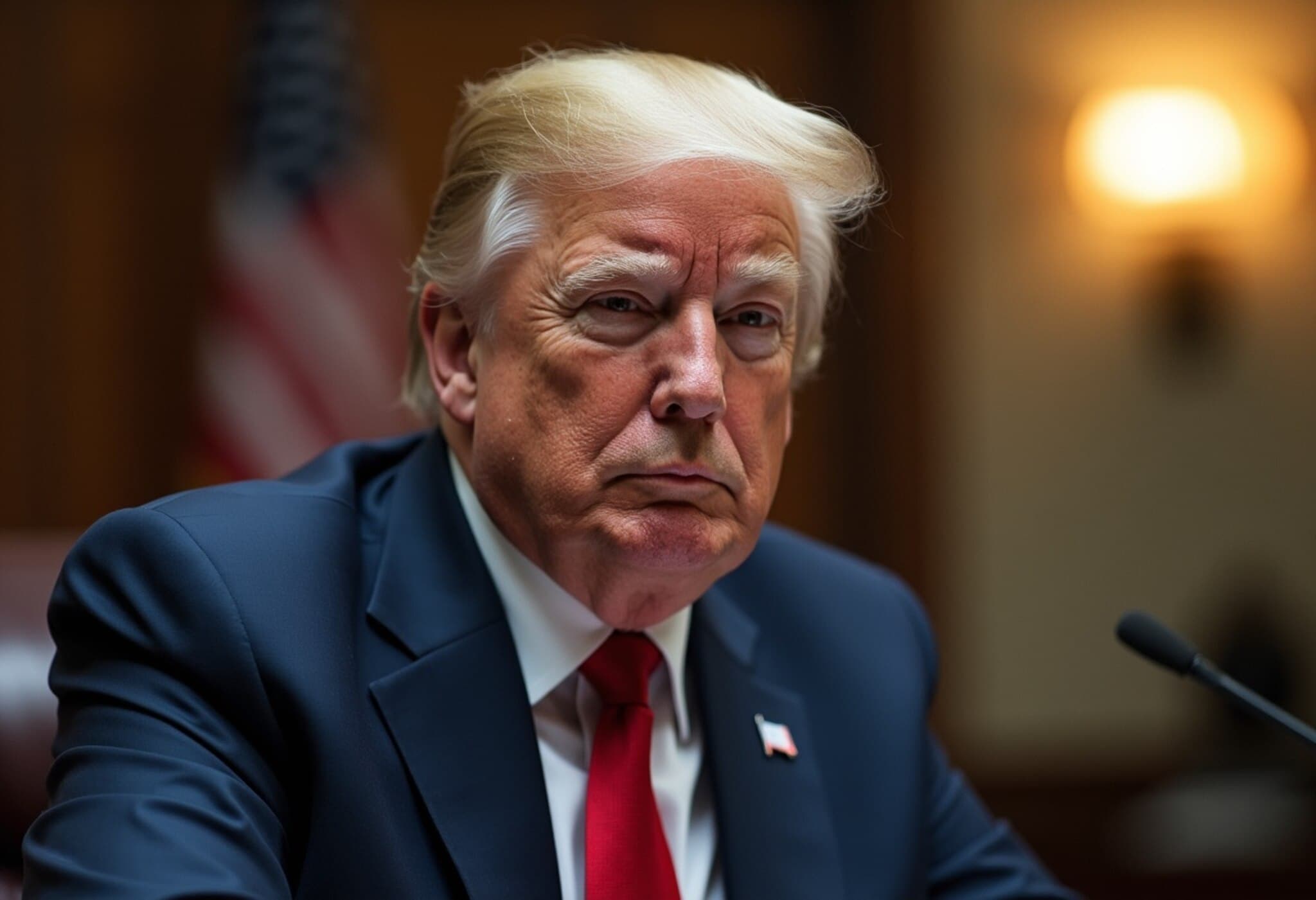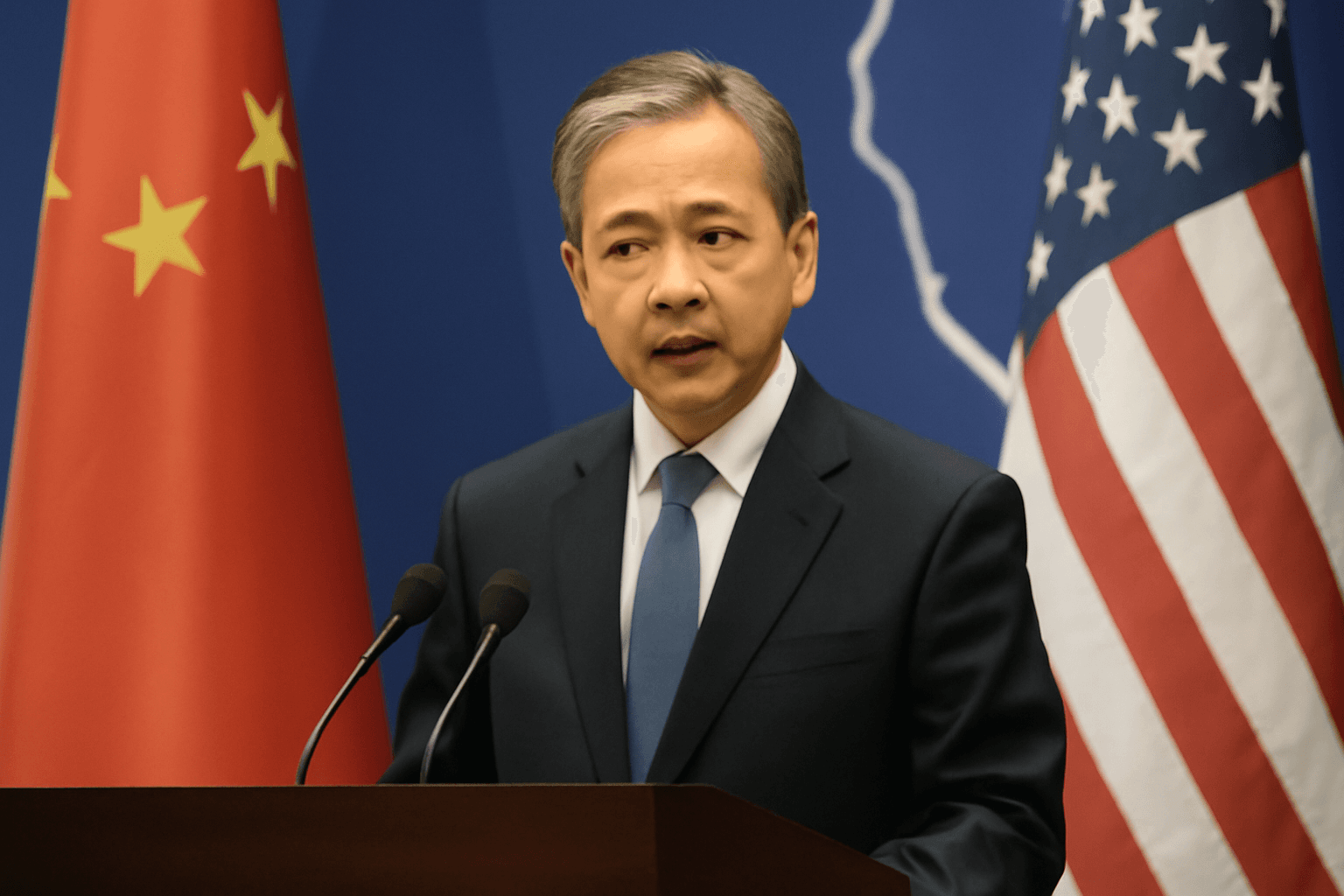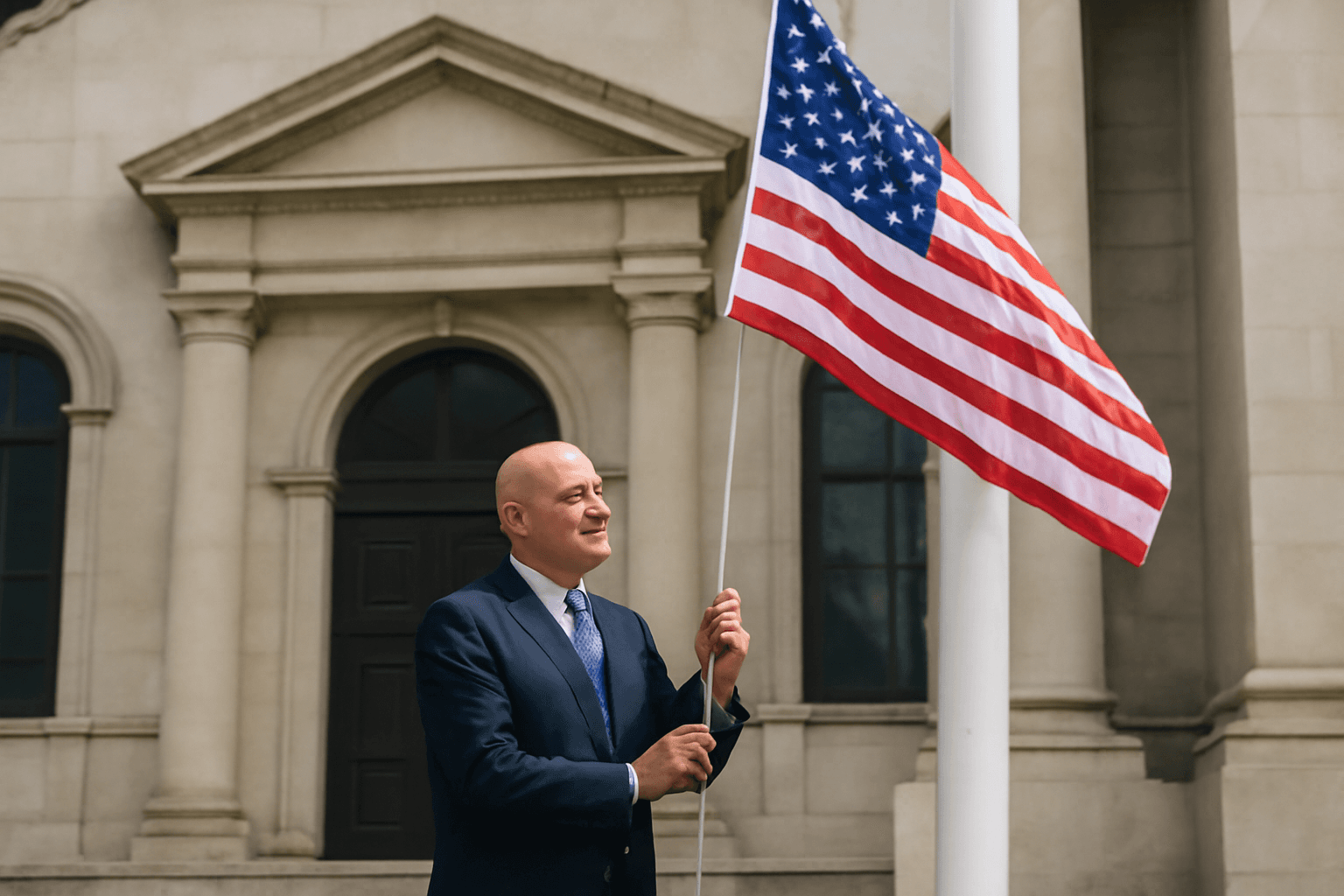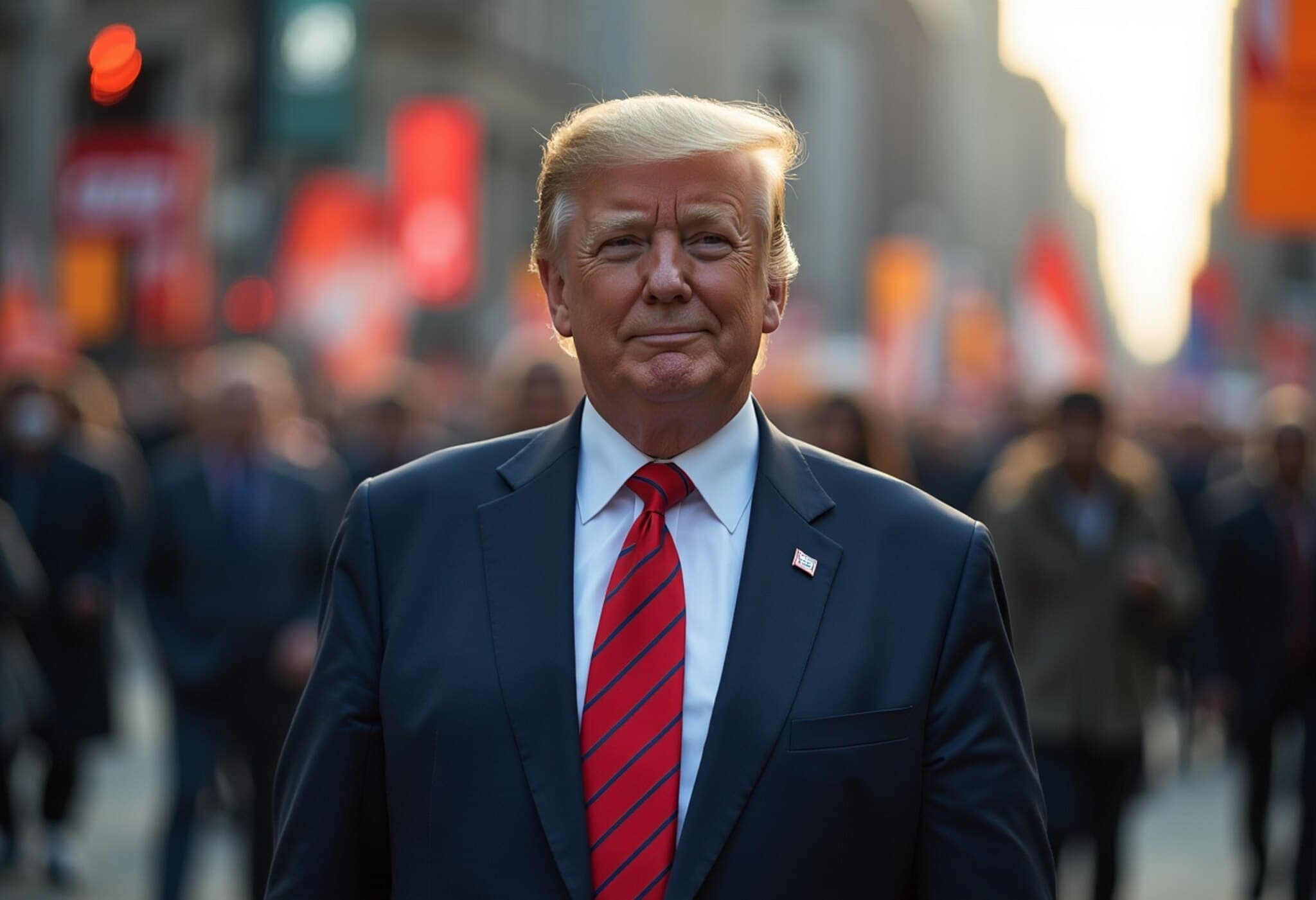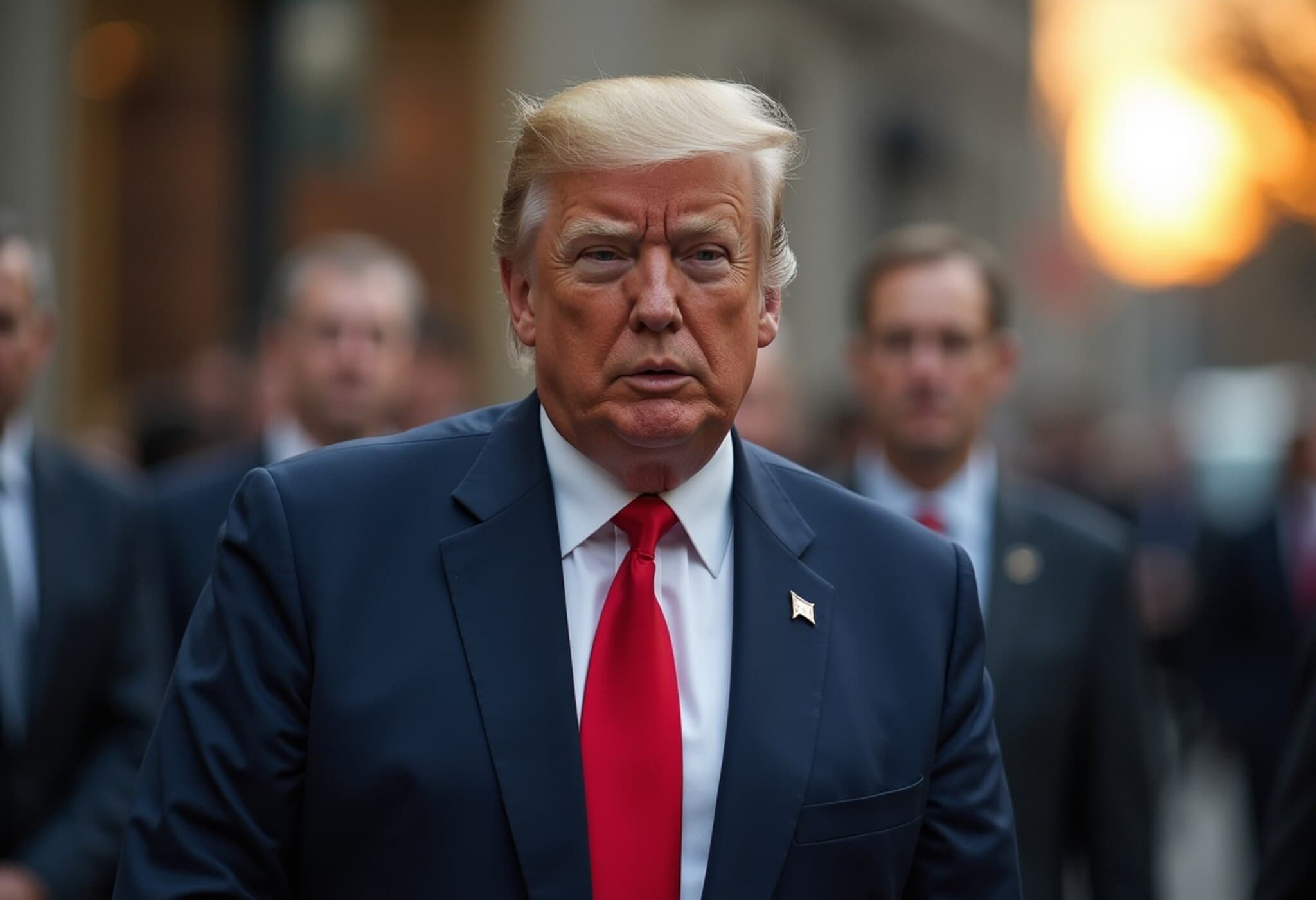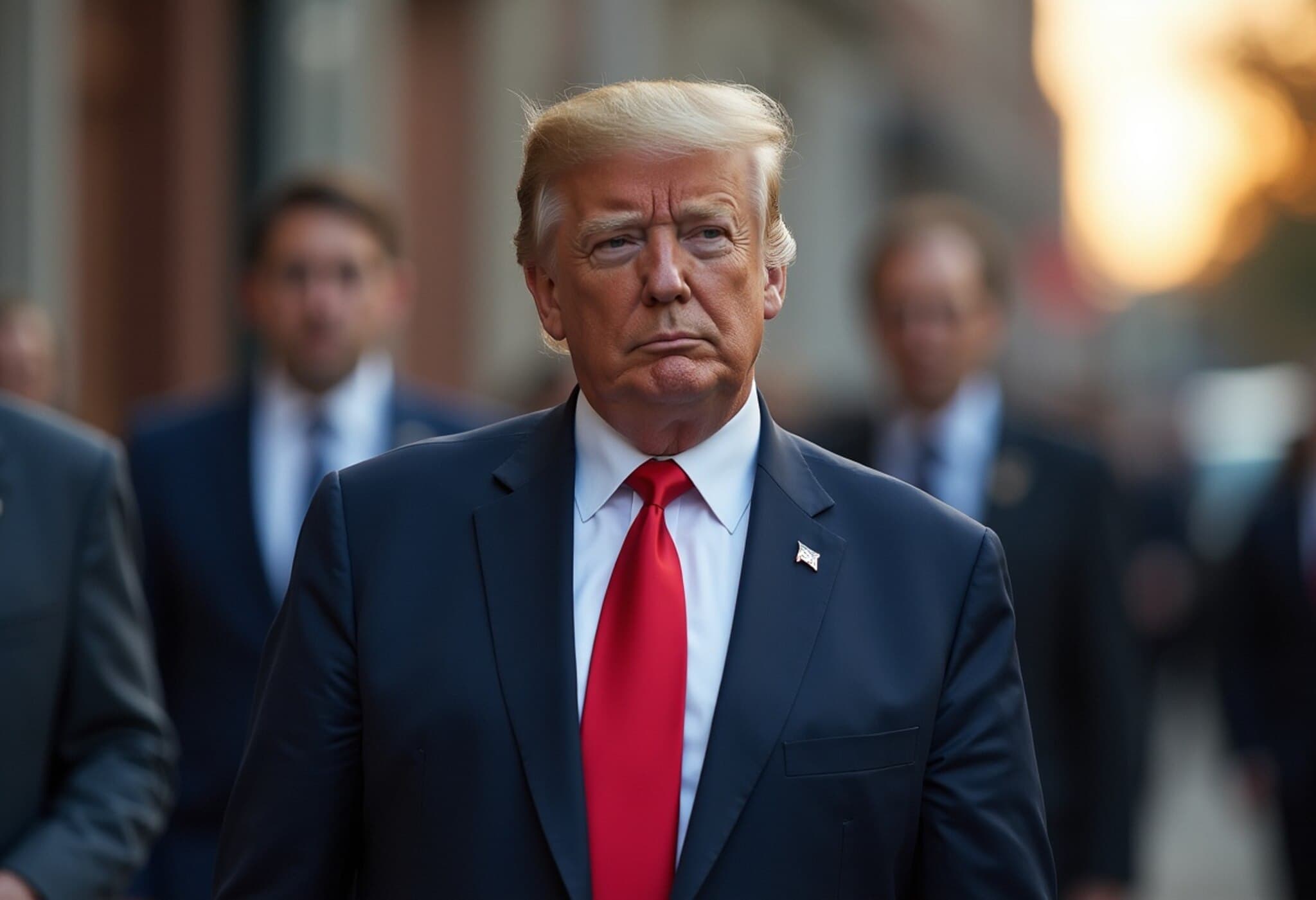US State Department Announces Major Workforce Reduction Amid Reorganization
The US State Department has revealed plans to reduce its domestic workforce by approximately 15%, a move that could impact nearly 1,800 employees. This decision is part of a sweeping effort aimed at streamlining operations and reshaping the nation's principal diplomatic body to tackle contemporary challenges more effectively.
Context Behind the Downsizing
According to a senior official cited by The Guardian and NBC News, the reorganization initiative has faced delays caused by ongoing legal battles and court injunctions. Despite these hurdles, the administration stresses its commitment to moving forward "expeditiously." As the official explained, "We want to modernize to meet the demands of 21st-century diplomacy but must comply with all judicial orders." This underscores the administration's balancing act between urgent reform and legal accountability.
Reactions From Former Diplomats and Experts
While the State Department frames the layoffs as a way to enhance efficiency, some veteran diplomats express caution. Two former senior career diplomats voiced concerns about losing a substantial portion of institutional memory, which is crucial for maintaining America's nuanced foreign relations. They warned that the early retirements and cuts could have downstream effects, potentially undermining recruitment pipelines and the overall robustness of the diplomatic corps.
Official Statements and Strategic Aims
State Department spokesperson Tammy Bruce emphasized that the layoffs are not individually targeted but part of a larger-scale reform. She remarked, "This isn't about singling anyone out; rather, it's about making the department more relevant and nimble in a rapidly changing geopolitical environment." The spokesperson reaffirmed that no US embassies or consulates are facing closures amid this workforce adjustment, aiming to reassure foreign service personnel and partner nations.
Moreover, a senior official noted ongoing evaluations of recruitment and retention policies, aligned with an executive order to optimize federal agency structures. However, a federal hiring freeze remains a significant constraint, adding complexity to efforts to stabilize the workforce post-layoffs.
Broader Implications for US Diplomacy
- Institutional knowledge at risk: Experts warn about potential gaps in critical diplomatic expertise and continuity.
- Policy execution challenges: Fewer staff might stretch thin the department's capacity to respond swiftly to global crises.
- Future recruitment hurdles: The current hiring freeze and morale impacts could make diplomacy less attractive for new talent.
- Legal constraints: The delays caused by court actions highlight the complexity of implementing large governmental reforms.
This restructuring reflects a broader trend in public sector agencies grappling with budget constraints, evolving mission priorities, and the need for technological modernization. For the US State Department, tuning its structure is both a strategic imperative and a delicate process involving business efficiency, legal oversight, and America's global diplomatic standing.
Editor's Note
As the State Department undertakes this significant workforce reshaping, a critical balance must be struck between streamlining efficiency and preserving the deep well of diplomatic experience that powers US foreign policy. Observers and policymakers alike should watch closely how this reorganization affects America's ability to engage on the world stage — especially as geopolitical tensions continue to rise. Will legal challenges slow reform momentum? Can the Department rebound with a new generation of diplomats ready to navigate complex global landscapes? These questions will shape the future of US diplomacy for years to come.

